Much of the world’s valuable cultural heritage is audio-visual material and it is a race against time to protect and preserve it. Historic audio-visual content is in danger of being lost because it is frequently stored on formats destined to degrade, its access equipment is no longer manufactured, and the people who maintain these machines are increasingly scarce.
Format migration guarantees the preservation of audio-visual content and ensures ongoing access to the information it holds. Migration involves copying information from one storage type to another – duplicating it onto another analogue format (often the case with film) or digitisation (converting an analogue source into a digital format).
Our team at NZMS assisted the Museum Theatre Gallery Hawke’s Bay (MTG) with the triaging, and subsequent digitisation, of its audio-visual collection. Commencing the project, we were sent MTG’s collection for physical assessment and discovered it included materials such as Motion Films, VHS tapes, reel-to-reel audio tapes, and compact cassettes. This crucial step allows us to help organisations, like MTG, determine their collection’s priority status and evaluate the scope of digitisation required.
NZMS Archival AV Assessment
We carry out physical assessments on all AV items prior to digitisation for the following reasons:
- Determine the condition:
Any deterioration should be recorded and remedied to prevent the condition of the material worsening, ensure the item won’t be damaged during digitisation, and guarantee the equipment used is not contaminated or broken.
- Format specifications:
To create digital copies as true to the original as possible, it is important to accurately determine existing details, e.g., the film speed, track configuration, and recording duration.
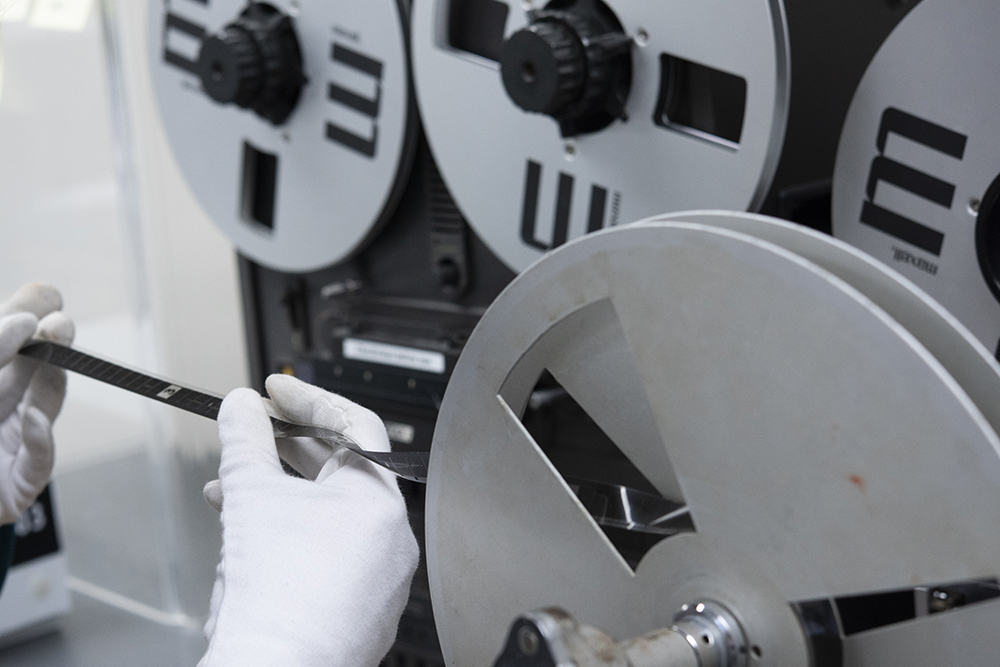

Migration Prioritisation
When appraising a collection for format migration priority, aside from an item’s content value, we consider its state of decay as well as the general stability and obsolescence rankings of its format.
Obsolescence:
The availability of equipment required to read an audio-visual format reflects its obsolescence rating. We recognise there is now great urgency to digitise magnetic tape formats with the increasing shortage of machines that can play them, or the lack of parts being made or maintained.
Stability:
Media stability is defined by a format’s tendency to deteriorate and become unreadable. Numerous materials used in the production of audio-visual media have chemical implications that shorten their lifespan – particularly when kept in unsuitable environments.
Condition:
NZMS combines knowledge surrounding the obsolescence and stability of a format with the current condition of each specific item under assessment. An item in a current format, that is usually stable, but is in terrible condition (due to factors like physical damage, chemical breakdown, or fungus growth from poor storage conditions) will have its priority status increased to prevent further degradation.
The Museum of Obsolete Media website is an excellent resource to assist in the prioritisation of the media formats in your collection with their Media Stability Ratings and Obsolescence Ratings: https://obsoletemedia.org/media-preservation/
Motion Film
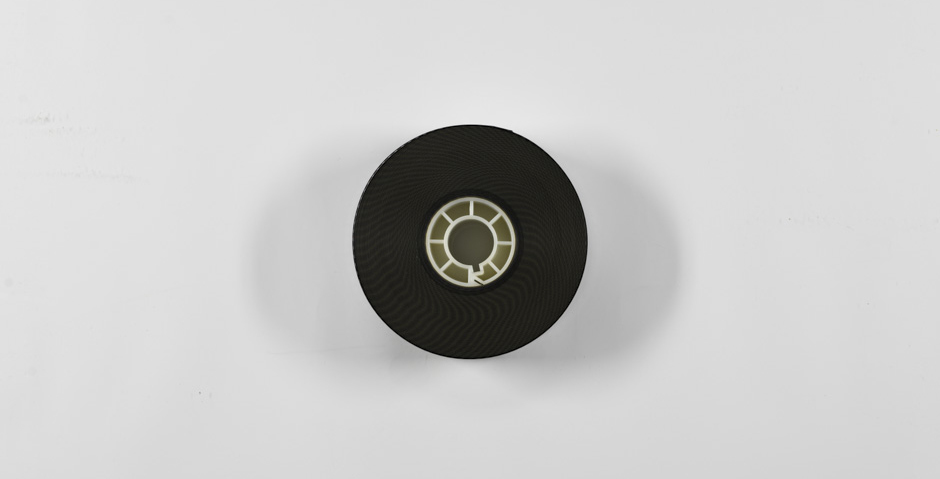
History and obsolescence rating:
Motion film formats usually have a very low obsolescence rating: not only are film scanners still produced but they also benefit from advances in technology – allowing for greater efficiency, gentler handling, and higher quality scans. Film is very easily accessed (simply through light) in contrast to magnetic tape formats that often require a dedicated head reader and playback machine.
Storage/stability:
The 35mm film we assessed for MTG had a base material of cellulose acetate – developed after the highly unstable nitrate film and before the more resistant polyester film. When exposed to heat or moisture, acetate is very prone to a type of degradation called “vinegar syndrome” – it releases acid, becomes brittle, shrinks, and separates from its emulsion. Due to this susceptibility, and having exceeded its expected lifespan, acetate film’s stability is rated as very high risk and a priority for migration.
Risks:
The risk associated with leaving motion film undigitised largely comes down to its film base. Cellulose nitrate and acetate are inclined to undergo breakdown and physical damage, while polyester has a far greater life span if stored correctly. Even though scanners are currently abundant, the growing obsolescence of motion film presents a danger to the content going forward.
Assessment:
To optimise our digital capture of motion film, we aim to gather as much information as possible about it. In addition to its general condition it is important to determine factors like film type, stock, sprocket placement, and soundtracks. We found MTG’s motion film to be in good condition, indicating it was stored in a favourable environment (low temperature, low humidity, and a breathable container) to avoid the onset of vinegar syndrome or mould. The absence of remedial conservation required on these films lowered their priority for urgent migration – relative only to the format’s stability, the status of the rest of MTG’s collection, and the significance of the film’s content.
Take action:
Options for preserving film include digitisation or transference to a more durable film stock. Depending on your budget, transference is a legitimate solution to retain full quality because it can last over a century – although it is incredibly expensive and not widely accessible. Digitisation, MTG’s choice with NZMS, is an ideal archival solution because scanners can capture very high resolutions, it reduces costs, and ensures digital access for the future.
VHS Tapes
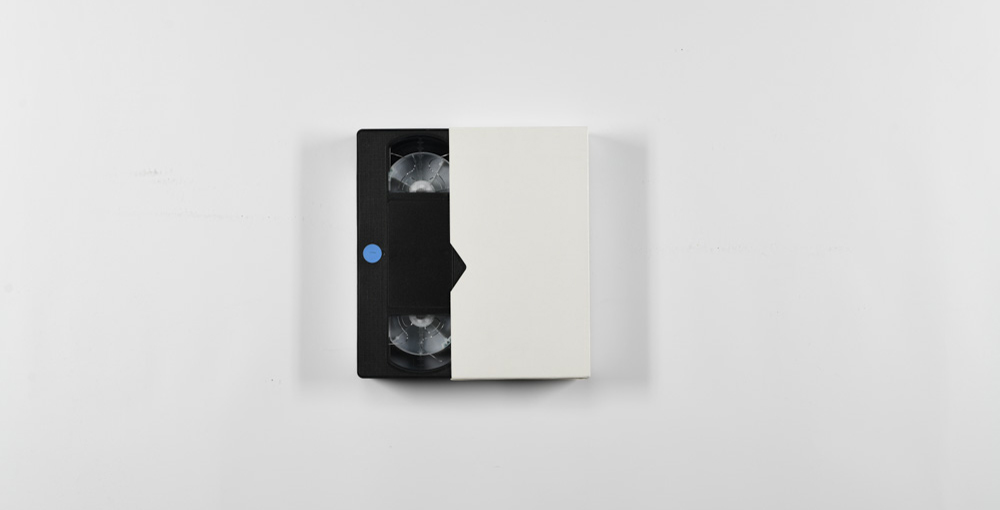
History and obsolescence rating:
From the 1970s until the early 2000s, VHS was the most popular consumer video format and VCRs are still relatively accessible. However, professional VCRs with specifications suitable for long-term preservation are harder to come by.
Storage/stability:
Like other magnetic tape formats, VHS tapes suffer from a number of factors that contribute to poor stability. If kept in optimal conditions (low humidity and temperature) they can last up to 30 years but will suffer from a degree of signal loss (magnetic remanence decay). High humidity commonly causes mould growth as well as binder deterioration (like “hydrolysis” where the molecules in the tape binder absorb water) which should be remedied as soon as possible.
Risks:
Most VHS tapes were created upwards of 30 years ago and often exceed their lifespan and become problematic. Even with little visible damage most VHS tapes in 2019 have lost significant information and have lowered image quality compared to their original recording. Along with all other magnetic media, the VHS format comes under the international consensus laid out in the NFSA’s Deadline 2025 paper – “tape that is not digitised by 2025 will in most cases be lost forever”. Presenting an overarching threat, this campaign addresses the current inability of audio-visual archives worldwide to support the digitisation of this material on the scale required.
Assessment:
At NZMS, we assess VHS tapes by determining carrier specifications (ensuring proper playback) and evaluate the condition of each tape. It is very common to find some mould on these tapes, so isolation and cleaning is carried out as soon as possible. This prevents the growth spreading to the rest of the collection and the broader environment.
The inaccessible nature of magnetic tape means organisations can be in the dark surrounding the content on their tapes – only finding out after migration. If possible, we check the existence and duration of content stored on the tape because this kind of information can assist the triage process before digitisation.
Take action:
The best way to preserve the content on VHS tapes is through digitisation and following original recording specifications as closely as possible. Many aspects of digital video are still under technological development – making it prudent to preserve analogue elements (e.g., interlaced fields) within the digital copies until improvements in processes (e.g., de-interlacing methods) can do justice to the source material. To account for future advances and conformity in video standards, we recommend that magnetic video tape formats like VHS are digitised and stored using methods that retain the greatest amount of information possible.
Open Reels
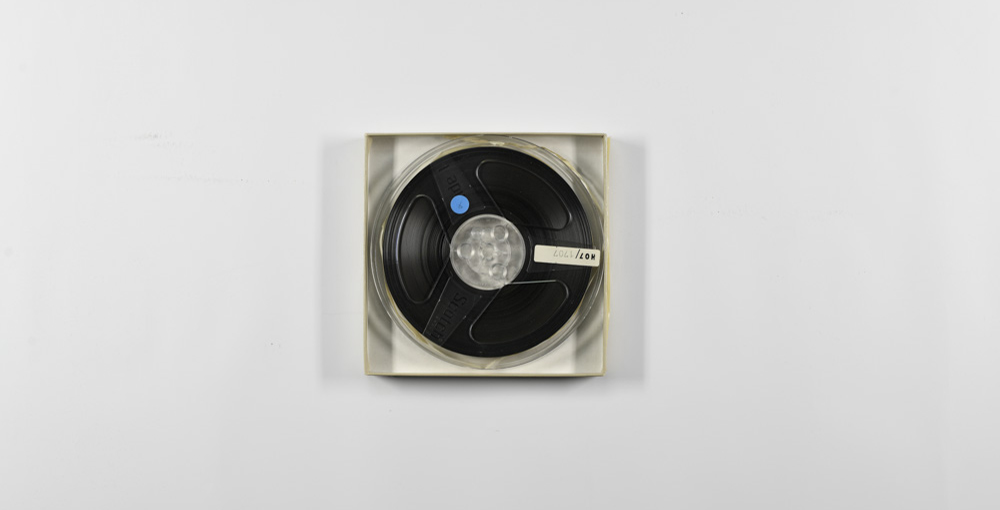
History and obsolescence rating:
Before the introduction of compact cassettes, the format of choice for domestic audio recordings was ¼” open reel tapes. They were the main professional recording format throughout the mid to late 20th century and decades of use have left many valuable audio recordings at risk. Open reels need to be played on reel-to-reel machines that aren’t easily obtainable and require careful maintenance and calibration.
Storage/stability:
Unlike many other magnetic tape formats which are housed in cassettes or cartridges, open reel tapes are usually far less protected, making proper storage even more vital to shield them from the elements. Prone to binder deterioration, mould, physical damage, and signal loss, this format is inherently unstable. We encourage storing open reel tapes in a suitable environment and making sure they are securely wound to delay these risks as much as possible.
Risks:
The instability of this format and obsolescence of equipment to play it on makes open reel tapes a high priority for format migration. The type of base used adds another layer of risk to the longevity of these tapes. While, polyester is certainly the most common, cellulose acetate was often used in the 1940s and 50s – bringing with it the same issues as the acetate film described above in the form of vinegar syndrome. While we found that MTG’s reel-to-reel tapes were made of polyester and avoid this kind of degradation, they still remain predisposed to information loss because of the raft of other impacts age can have.
Assessment:
We provide a particularly thorough assessment for open reel tapes due to their exposed nature. Our assessment involves evaluating many variables to describe the chemical, physical, and biological factors indicating the state of the tape and its past treatment. These clues inform what corrections or considerations we need to resolve to safely digitise the tape.
Take action:
Digitisation is the best way to preserve recordings stored on open reel tapes. Digital encoding methods capture the full range of information produced by an analogue source – creating a faithful representation suited to long-term preservation as well as widespread access.
Compact Cassettes
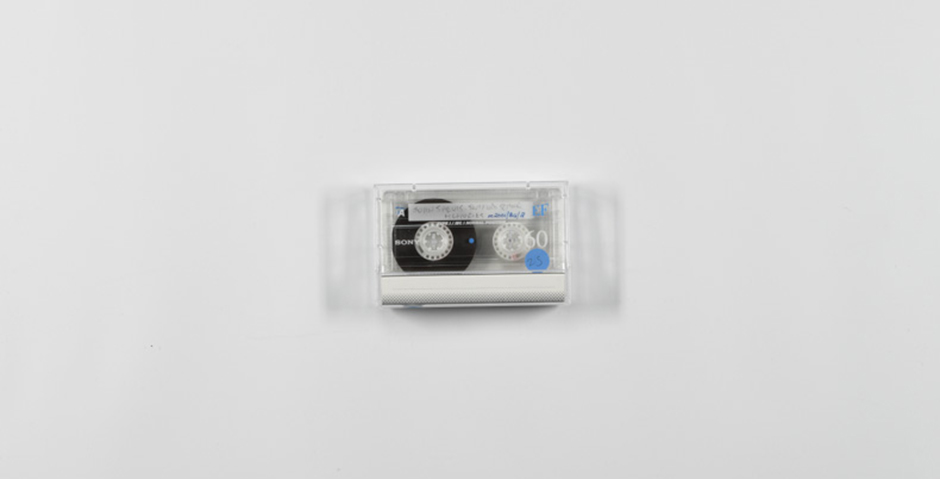
History and obsolescence rating:
Compact cassettes, frequently used to record oral histories, are a very common format for cultural heritage institutions to hold. Compact cassettes were hugely popular over a long period of time and playback equipment is still easy to find.
Storage/stability:
Like all magnetic tape, this format is prone to several types of deterioration: loss of signal (“drop-outs”), mould, and binder degradation – so it is often a migration priority. Even when stored in optimal conditions, tapes deteriorate over time and we advise digitising them while their playback machines are still readily available.
Risks:
It is very common for compact cassettes to suffer sound degradation from excessive wear in addition to the usual longevity issues of magnetic tape. The projected lifespan of compact cassettes is around 10-30 years and the content on these tapes risk being heavily degraded or lost if left undigitised.
Assessment:
By assessing each tape, we can ensure any issues relating to the condition of each tape is noted and conservation work can be completed to extend the tape’s life expectancy or prepare it for digital capture.
Take action:
Compact cassettes should be digitised, when content is worth preserving, due to the vulnerable nature of analogue formats. A collection of compact cassettes that we are digitising for MTG contain interviews with survivors of the 1931 Hawke’s Bay earthquake recorded in the 1990s and early 2000s – if not digitised, these important records could be lost forever. Audio archival standards are solid (compared to video) and file formats are well suited to long-term preservation.
Conclusion
It is crucial to be aware of the vulnerabilities and risks associated with audio-visual cultural heritage to safeguard the irreplaceable information they contain. If not digitised, audio-visual content is in grave jeopardy of being lost forever as their base materials begin to degrade and playback equipment is no longer in circulation. Digitisation is an archival solution that guarantees access for future generations: at NZMS we can capture true-to-life reproductions that do justice to the original.
If you detect a vinegar odour emanating from your acetate films or tapes, it is likely they are decaying and releasing acetic acid. An assessment can determine the severity of vinegar syndrome and what steps should be taken to prolong the film’s life. Likewise, look out for other forms of chemical breakdown (brown oxide flakes, white powder, or crystalline residue) and mould growth among your collections – isolate affected items in sealed plastic until you have a plan of action.
Prioritising the migration of your audio-visual formats (based on the factors of obsolescence, stability, condition, and content value) will help your organisation navigate budget constraints and timelines to preserve your unique cultural heritage.
“The NZMS assessment of our AV collection has given us invaluable information about the content and condition of each object enabling us to confidently prioritise future digitisation.”
– Nicole Wall, Collections Management – MTG Hawke’s Bay
